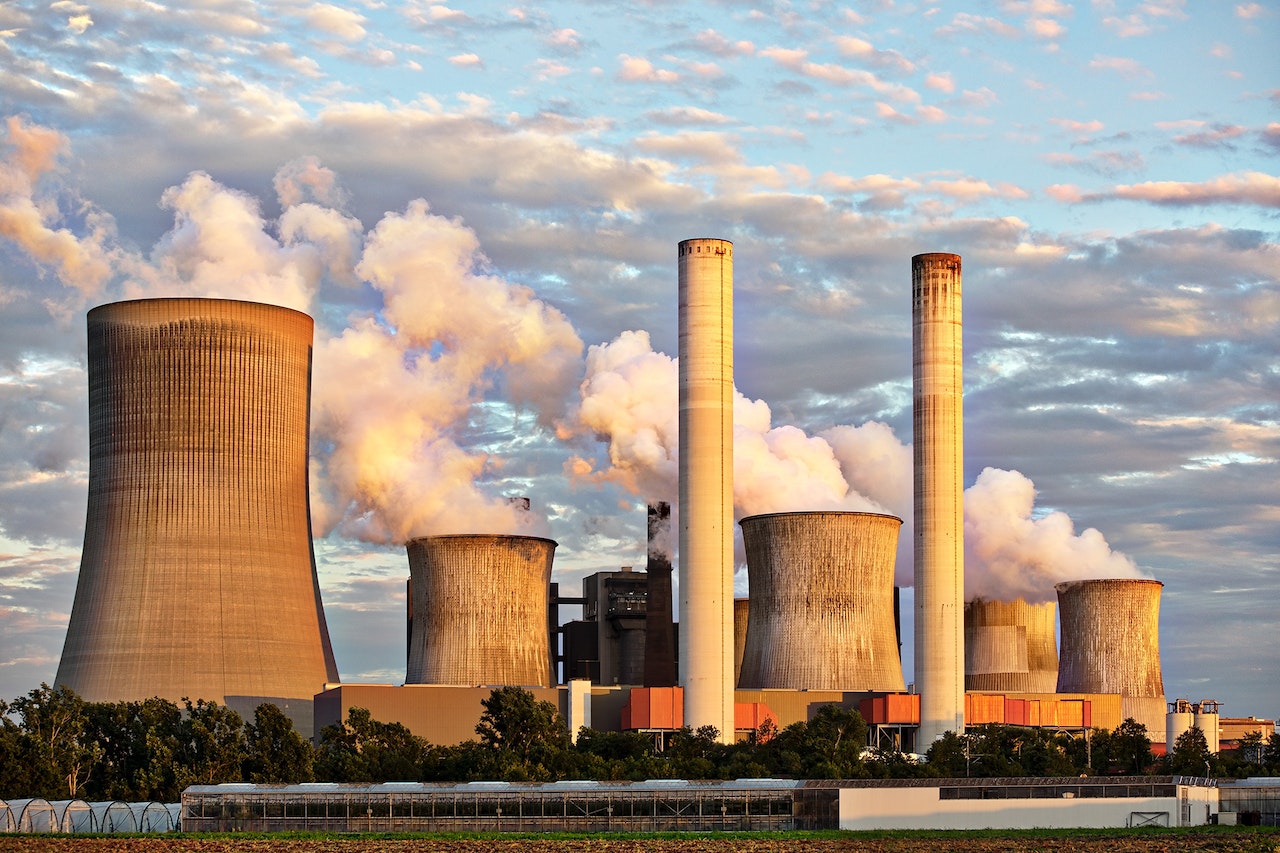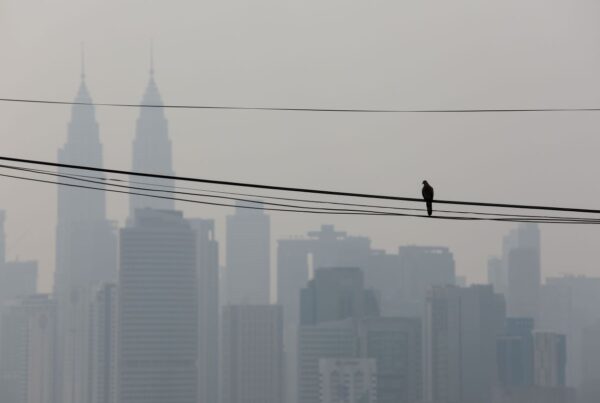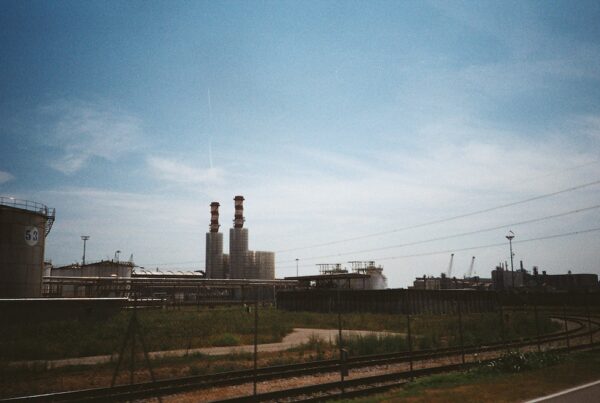Abstract
Hazardous chemicals escape to the environment by a number of natural and/or anthropogenic activities and may cause adverse effects on human health and the environment. Increased combustion of fossil fuels in the last century is responsible for the progressive change in the atmospheric composition. Air pollutants, such as carbon monoxide (CO), sulfur dioxide (SO2), nitrogen oxides (NOx), volatile organic compounds (VOCs), ozone (O3), heavy metals, and respirable particulate matter (PM2.5 and PM10), differ in their chemical composition, reaction properties, emission, time of disintegration and ability to diffuse in long or short distances. Air pollution has both acute and chronic effects on human health, affecting a number of different systems and organs. It ranges from minor upper respiratory irritation to chronic respiratory and heart disease, lung cancer, acute respiratory infections in children and chronic bronchitis in adults, aggravating pre-existing heart and lung disease, or asthmatic attacks. In addition, short- and long-term exposures have also been linked with premature mortality and reduced life expectancy. These effects of air pollutants on human health and their mechanism of action are briefly discussed.
Introduction
Pollutant categories
- 1.Gaseous
Routes of exposure
Humans enter in contact with different air pollutants primarily via inhalation and ingestion, while dermal contact represents a minor route of exposure. Air pollution contributes, to a great extent, to the contamination of food and water, which makes ingestion in several cases the major route of pollutant intake (Thron, 1996). Via the gastrointestinal and respiratory tract, absorption of pollutants may occur, while a number of toxic substances can be found in the general circulation and deposit
Health effects
Sporadic air pollution events, like the historic London fog in 1952 and a number of short and long term epidemiological studies investigated the effects of air quality changes on human health. A constant finding is that air pollutants contribute to increased mortality and hospital admissions (Brunekreef and Holgate, 2002). The different composition of air pollutants, the dose and time of exposure and the fact that humans are usually exposed to pollutant mixtures than to single substances, can
Cellular mechanisms involved in air pollutants actions
Common cellular mechanism by which most air pollutants exert their adverse effects is their ability to act directly as pro-oxidants of lipids and proteins or as free radicals generators, promoting oxidative stress and the induction of inflammatory responses (Menzel, 1994, Rahman and MacNee, 2000). Free radicals (reactive oxygen and nitrogen species) are harmful to cellular lipids, proteins, and nuclear- or mitochondrial-DNA, inhibiting their normal function (Valko et al., 2006). In addition,
Natural protection
In our day-to-day life we are exposed in different kinds of pollutants. Health impacts, as already described above, depend on the pollutant type, its concentration, length of exposure, other coexisting pollutants and individual susceptibility. People living in cities are exposed to a greater extent, as a consequence of increased industrialization and demands for energy and motor vehicles. Occupational exposure is also an important factor that should be taken into consideration. During the last
Conclusion
This brief review presents the adverse effects of a number of (air) pollutants in human health. As shown, major impairments of different organs can be observed. The main conclusion drawn is that, in view of increased exposure of humans in a diversity of pollutants, dietary interventions, rich in plant-derived foods, may protect or decrease their effects on different organs. This conclusion is supported by a number of epidemiological studies on the beneficial effect of a Mediterranean-type diet






